14 September 2022
The Queen and the Army: 'A shared sense of service'
Ivan Radford
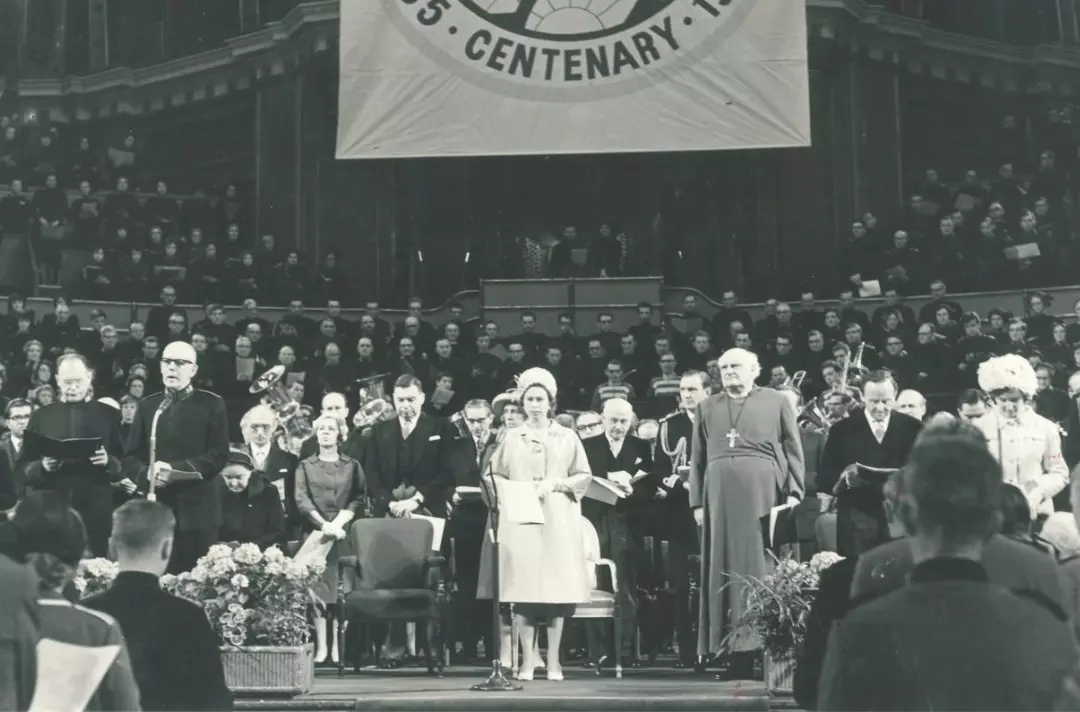
Ivan Radford traces the Christian values that connected Queen Elizabeth II and The Salvation Army.
‘An inspiring example of service to others without regard to self.’ Those are not the words of a tribute to Queen Elizabeth II following her death, but the words of the Queen herself on 24 June 1965, when she attended the centenary celebrations of The Salvation Army. The event, held at the Royal Albert Hall, was emblematic of a long relationship between the Queen and the Army – one defined by mutual respect and a shared sense of service.
In her address to the international gathering, the Queen hailed the Army as ‘one of the great worldwide religious organisations’.
‘The secret of its success lay in William Booth’s complete self-dedication to the will of God and to his service,’ she said, referring to the many times that royal family members had witnessed the Movement helping people around the world. ‘The Army has … never failed to care for the bodies as well as the souls of men and women.’
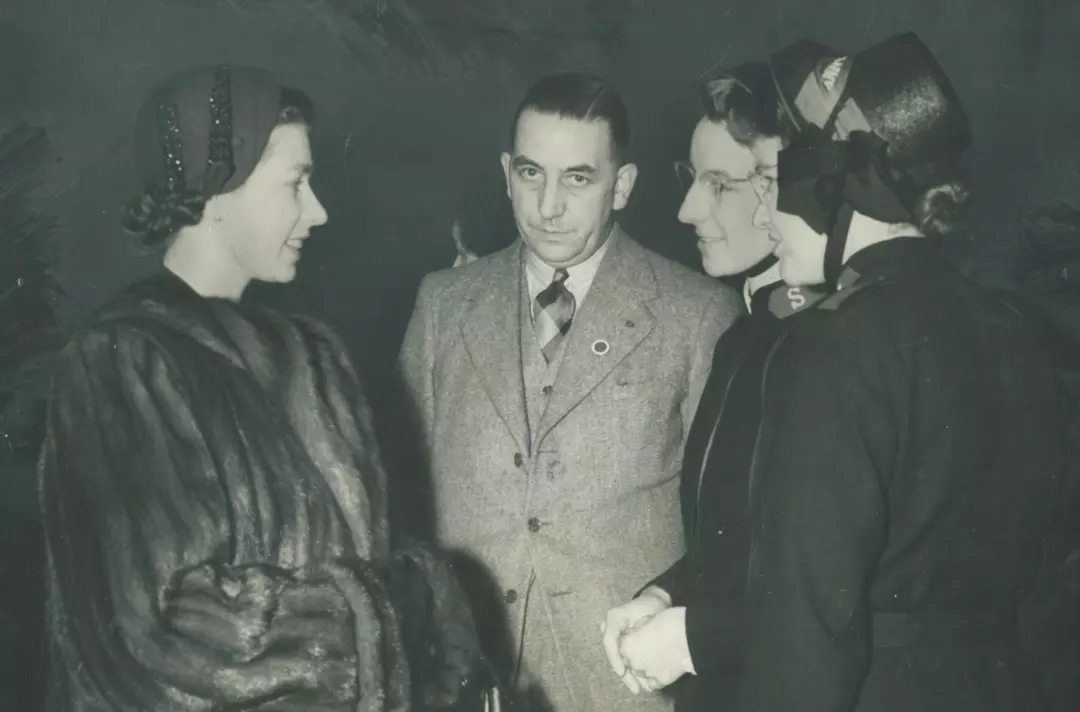
Preceded by a visit to Buckingham Palace by the International Staff Band and Earlscourt (Canada) Band, the 3 July 1965 War Cry described that centenary meeting as ‘one of the greatest, warmest gatherings on record’.
It was not the Queen’s first encounter with the Army. She met First-Lieutenant Jean Stone and Second-Lieutenant Kathleen Stobart in February 1953 when their team was helping people in Belvedere, after the River Thames burst its banks and flooded the town. Later that year, General Albert Orsborn attended her Coronation and, in his personal recollections of the ceremony, described it as ‘the most significant spiritual event of the present century’.
The Queen went on to support the Movement throughout her reign. The two were united by a shared belief in both Jesus’ teachings and his practical example.
In a speech on her 21st birthday, the Queen dedicated her life to the Commonwealth, promising that ‘my whole life, whether it be long or short, shall be devoted to your service’. She modelled that selfless compassion and goodwill consistently during her years on the throne.
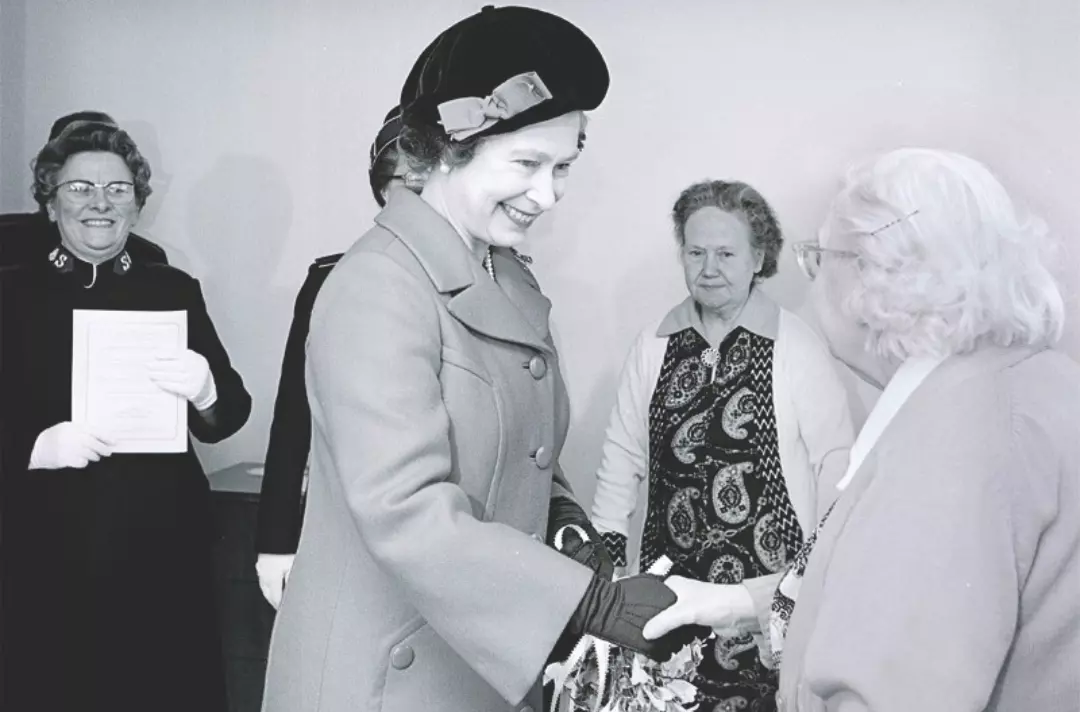
It was fitting, then, that the Queen’s encounters with the Army often involved the opening of social centres, each one dedicated to serving others without discrimination.
In March 1968, the Queen opened Booth House hostel and Rawson Home in Whitechapel, London. In February 1980, she opened Hopetown, a home for 156 women. In December 1996, she opened Edward Alsop Court, a 112-bed homelessness centre in Westminster.
At each occasion, as well as signing visitor books and unveiling plaques, the Queen spent time meeting and talking to the individuals present.
Edward Alsop Court’s centre manager, Major George Hardy, told the War Cry in January 1997: ‘Her Majesty was able to immediately put residents at ease and showed a great interest in them.’
Pat Gallagher, a resident of the old hostel, joked that moving into the new centre was ‘like coming out of a public house and into Buckingham Palace’, which made the Queen laugh.
In October 1997, the Queen benefited from the Army’s support herself, thanking the team at Buckingham Palace that provided a mobile canteen service, while crowds were waiting to sign books of condolence after the death of Diana, Princess of Wales.
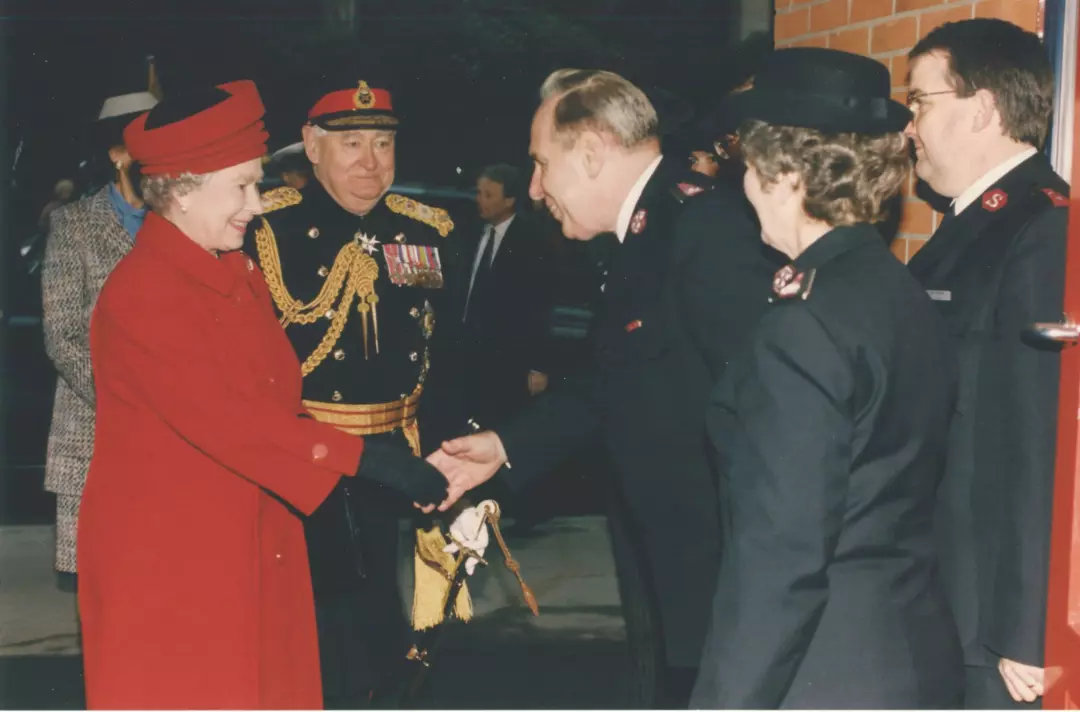
In 2002, she returned to Booth House to reopen the refurbished facility, where she ‘chatted with informal ease’ to residents and ‘listened with undivided attention’ to how their lives had been transformed. It was apt that former resident John Tite read the parable of the good Samaritan at the event; the Queen referred to the parable several times in her Christmas speeches, most pointedly in 2020, when she paid tribute to those who had helped others during the Covid-19 pandemic.
‘This wonderful story of kindness is still as relevant today,’ she said. ‘Good Samaritans have emerged across society showing care and respect for all, regardless of gender, race or background, reminding us that each one of us is special and equal in the eyes of God.’
The Queen remained keenly aware that the Army shared that principle of faith in action. In October 1966, in the days following the tragic Aberfan mining disaster, she visited the Welsh village to express her condolences. When she was told that The Salvation Army had been on site to provide support, along with other organisations, she is said to have replied with two simple words: ‘Of course.’
Most recently, in 2020, the Queen thanked The Salvation Army personally for its work during the pandemic at a Windsor Castle carol service for charities, key workers and volunteers. Her recognition then echoed the sentiment she expressed 55 years earlier at the Royal Albert Hall.
‘This is quiet, unspectacular work,’ she said of the Army’s first 100 years. ‘But there is widespread, if unvoiced, appreciation for what is being done.’
This past week, the voices of Salvationists across the UK and beyond have reciprocated that widespread appreciation for a life of faith and service.
Written by

Ivan Radford
Managing Editor
Discover more
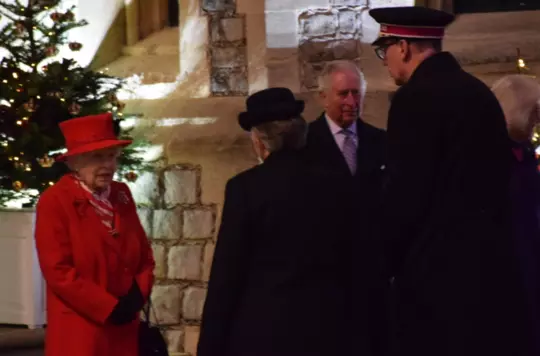
A tribute to Her Majesty Queen Elizabeth II
A message from Territorial Commander Commissioner Anthony Cotterill.
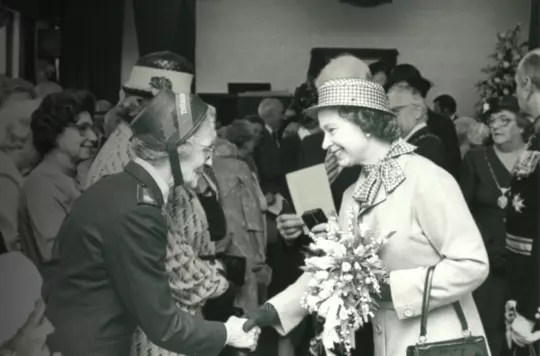
Resources to help you remember Her Late Majesty Queen Elizabeth II
Resources to support corps in remembering Her Majesty Queen Elizabeth II
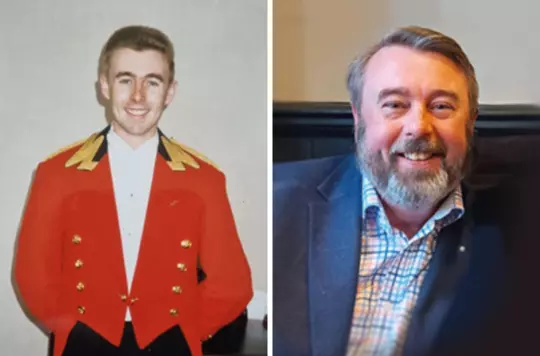
Happy and glorious: My time at the palace
Salvationist Austin Burn speaks to War Cry editor Major Andrew Stone about his time of working for the royal family.
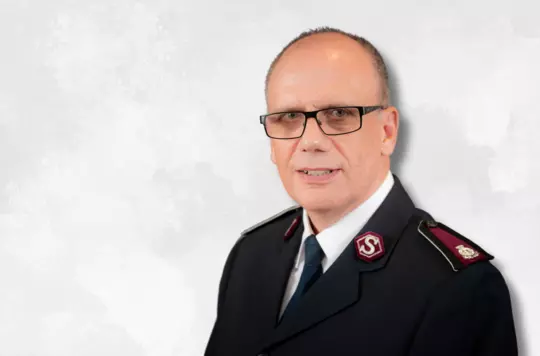
An update: Structure Co-ordination and Design Project
A letter from the territorial commander.